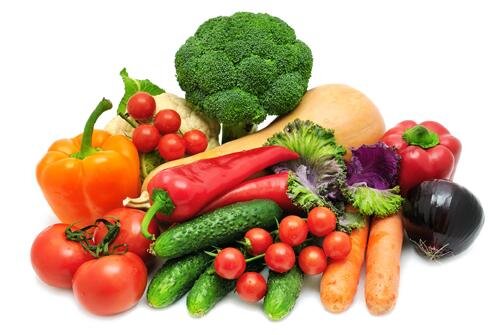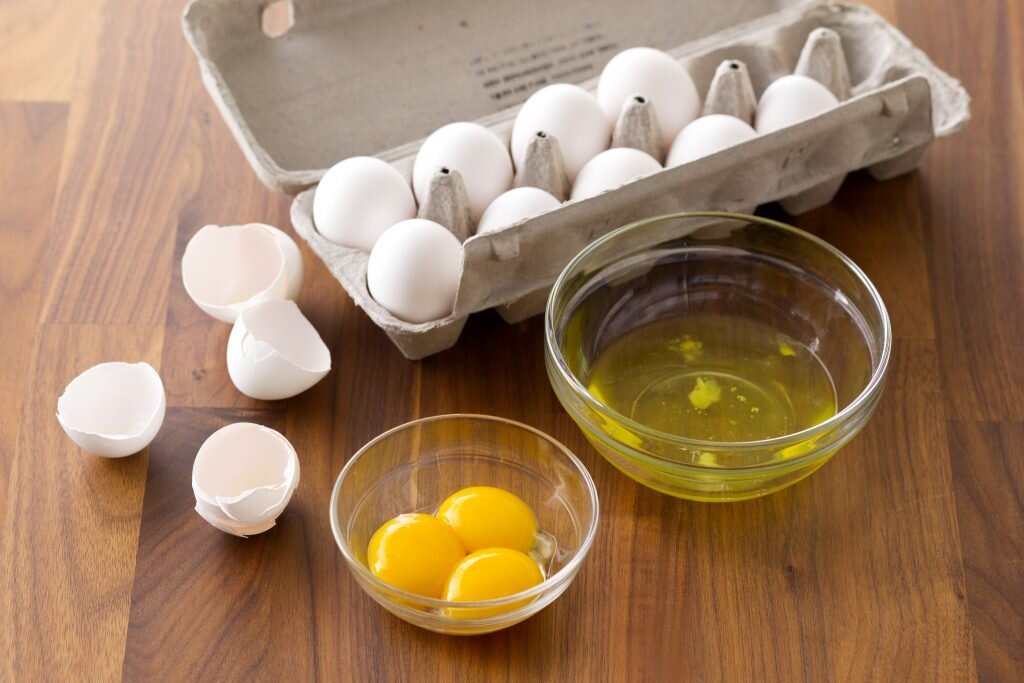If you’ve ever had a serious fat loss goal, you’ve likely experienced the sensation of hunger during your pursuit of that goal. Naturally, dieting requires us to consume less calories than we burn which puts our bellies in a pretty tough spot.
Trying to diet well while limiting the amount of time during your day where you feel hungry is one of the hardest parts of a fat loss diet.
There is no golden ticket, other than maybe Cocaine, so stop looking for one.
What I can provide you with is a list of foods you can eat that might help limit the amount of time you spend feeling hungry while in a fat loss diet, so let's get into it!
What Foods or Drinks Will Help Me to Feel “Full” Longer?
1. Sparkling Water
Sparkling water has been a staple in my fat loss diet phase the last couple of years, and for good reason: sparkling water has 0 calories, yet the carbonation in the water creates the sensation of feeling more full than I actually am.
This may not be true for everyone, but fizzy drinks (even ones with zero calories) tend to provide the sensation of feeling more full. If something with zero calories can provide that sensation, then sparkling water should be a no-brainer addition to your shopping list.
There are plenty of different brands and flavors out there for you to pick from, so if you’re a person who enjoys variety, there are plenty of options to spice things up. I personally think that Bubly has the most flavor, but that is merely an opinion.
2. Vegetables
Vegetables should be a staple in any type of diet as they provide us with a lot of vitamins and minerals that we generally don’t get enough of in our typical diets here in the states.
Not only are vegetables great for you, but they are very low in calories which means you can eat a lot of them and not feel guilty! (Though I don’t know how many people have ever felt guilty for eating too many veggies..)
Here are some common vegetables with serving sizes and calories:
Asparagus (93g) - 20 calories
Bell Pepper (148g) - 25 calories
Broccoli (148g) - 45 calories
Cauliflower (99g) - 25 calories
Carrots (78g) - 30 calories
Green Beans (83g) - 20 calories
All data acquired via the FDA, and some serving sizes are larger than a general serving size
Clearly adding a ton of veggies into your diet is a great way to increase the amount of food you can consume while limiting the overall calorie total.
Things you might want to be careful or aware of when adding more veggies into your diet:
Your overall fiber intake will likely increase with an increase of vegetables into your diet, so just be aware!
It would also be prudent to make sure that you don’t add TOO much oil when you cook vegetables as the calories from cooking oils can add up fast!
3. Drinking Coffee or Tea
Adding some coffee or tea into your daily routine can really allow you to postpone a meal further as these drinks can also provide you with the sensation of feeling more full for almost zero calories.
Since coffee and tea both provide natural caffeine stimulants, these drinks are great to drink in the morning, and especially for those who are trying intermittent fasting. Without coffee, my intermittent fasting periods during my last fat loss phase would’ve been very challenging.
Really, coffee and tea are drinks that allow you to have something to consume that isn’t food, and while the sensation of feeling full will be greater for some than for others, trying either one of these drinks may be a lifesaver for you!
Plus, you may actually enjoy the taste of the drinks and the caffeine boost. There are also caffeine free options of both drinks if your hesitant about adding caffeine into your diet.
4. Oatmeal
There really isn’t anything inherently special about oatmeal, but it does serve as a nice base for adding things like: protein powder, spices, fruit, etc…
Oatmeal also tends to leaving me feeling full for much longer than something like a bowl of cereal or a protein bar might, especially if you add some protein powder into your oatmeal.
When I was in the middle of my most recent fat loss phase, I would eat a giant bowl of oatmeal before my bigger volume days in my program and I never felt hungry throughout my workout.
If you’ve never tried eating some oatmeal with protein powder and a few berries, I encourage you to give it a try; it’s cheap and it might be one of your new go-to breakfast meals!
5. Egg Whites
Egg white are another one of those foods that can serve as a nice boost of protein into the diet while keeping those calories lower.
Each serving of egg whites has about 5g of protein, and I personally like making my eggs with one whole egg and a load of egg whites. Cook some vegetables along side the eggs to make an omelet, or just add some scrambled egg whites along with your oatmeal if you decide protein powder in oatmeal isn’t for you.
Using egg whites allows you to also truly make as many as you would like since there is such a low amount of fat and total calories. Therefore, a heaping plate of eggs will give you that injection of protein and will keep the total calorie count down, allowing you that extended sense of fullness for a minimal amount of calories.
Not only can you eat these by their lonesome, but I like making protein french toast and use an egg white/protein powder mixture as the coating for my french toast.
6. Soups
I love making a nice soup or stew once the weather starts to turn more chilly, and there are a ton of pros to prepping soups:
Soups are the perfect base for a load of different ingredients. I like to make sure that whatever soup I am prepping has a decent amount of a protein source (I will sometimes add more or even double this in the recipe), along with a hefty amount of veggies and maybe even a carb source such as potatoes, pasta, or rice.
The reason you might want to think about adding more soups into your fat loss diet is that most soups have a broth or liquid base. Since this liquid base is usually just water with some seasoning and flavor from the ingredients you are cooking in the soup, the broth itself doesn’t add to the calorie count.
The broth acts as the base for everything else in your soup, and as you consume more of that broth, it takes up space in your stomach providing, again, that sense of fullness for a limited amount of calories.
Soups can be a great way to get creative in the kitchen as they are pretty tough to mess up, and there seem to be an endless amount of recipes for tasty soups on the internet.
7. Salads
The thought process for adding more salads into your fat loss diet is similar to soups, but instead of a broth base, you now have a leafy green base to build from.
The actual base of lettuce, spinach, or whatever you use to build your salad will contain a very minimal amount of calories. This leaves you with the ability to top that salad with whatever your heart desires, though I would stick with a lot of colorful veggies and a protein source or two.
The problem with salads is that they can become quite calorically dense fast with the use of fatty dressings like those that are cream-based (ranch) or have a heavy oil base. One of my personal favorite fat loss “dressings” is to squeeze a half of a lemon onto my salad since the acid provides a nice contrast to everything else on the plate.
Salads are also a great way to clean out some of those veggies that might soon turn bad as well as any leftover protein sources you may have prepped for the week.
If you use a large pile of lettuce or spinach as a base, then a salad has the potential to fill you up because that lettuce can occupy a lot of space in your stomach, creating the sensation of feeling full; throw in a protein source and maybe a carb source on the side or mixed in, and you’ve got a really nice fat loss meal.
In Summary
There are many other foods that could probably get tossed onto this list, but I wanted to include the main foods and drinks that I personally use in a fat loss phase, and that others have also found to be successful not only for myself, but for others as well.
In the end, dieting comes down to being in a caloric deficit (burning more calories than you consume), and so when faced with the challenge of having to eat less, these foods could come in handy.







